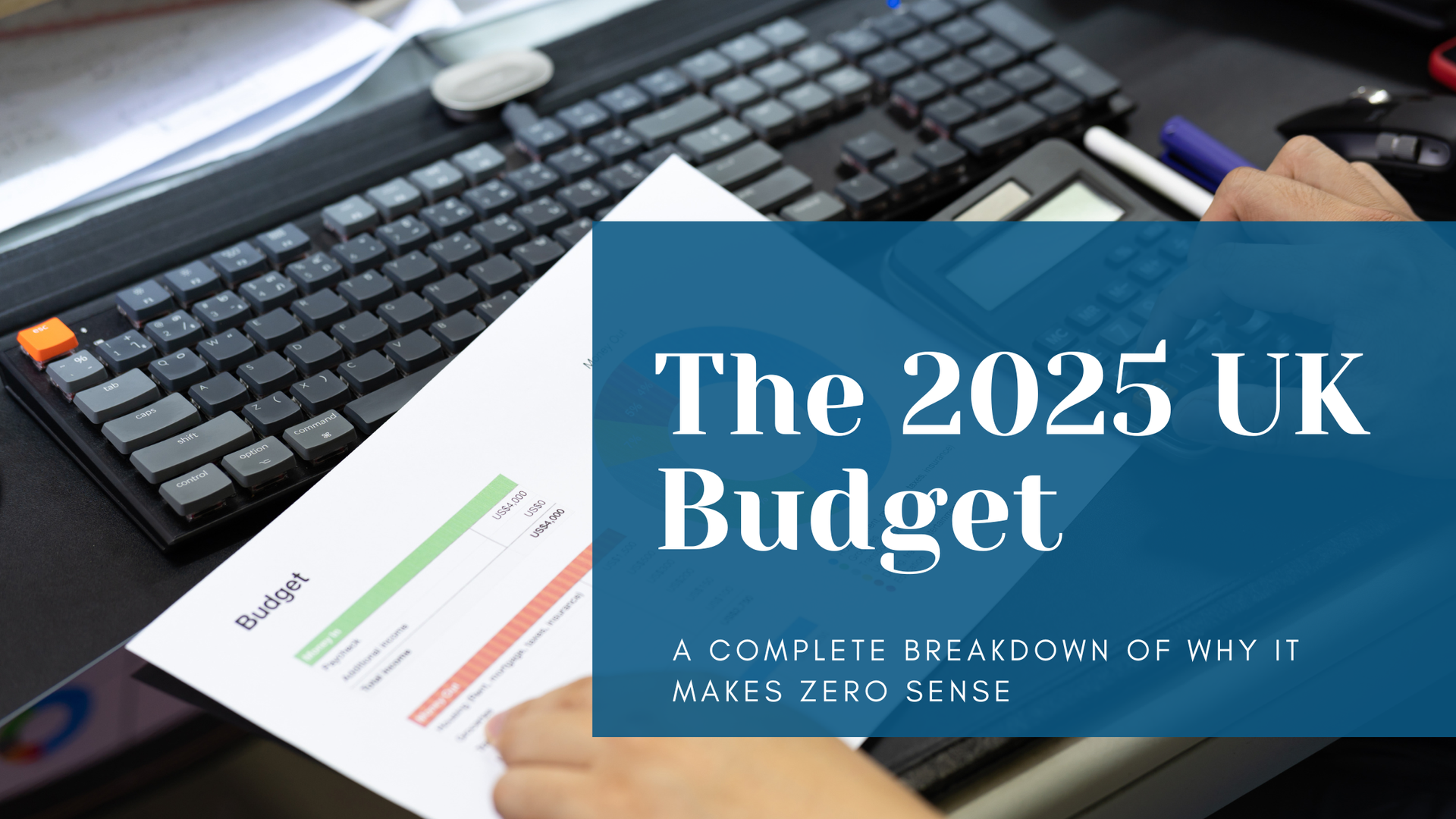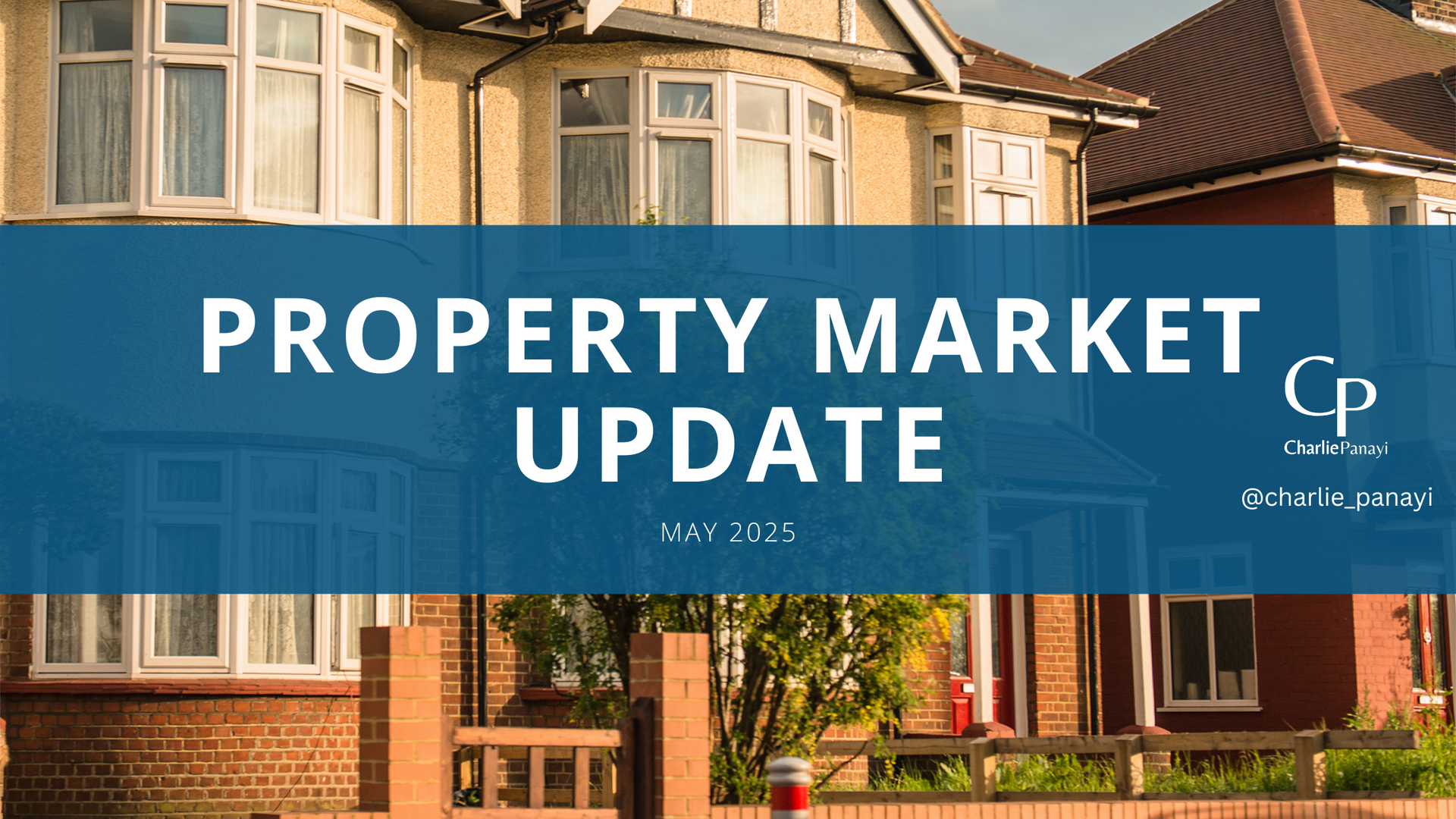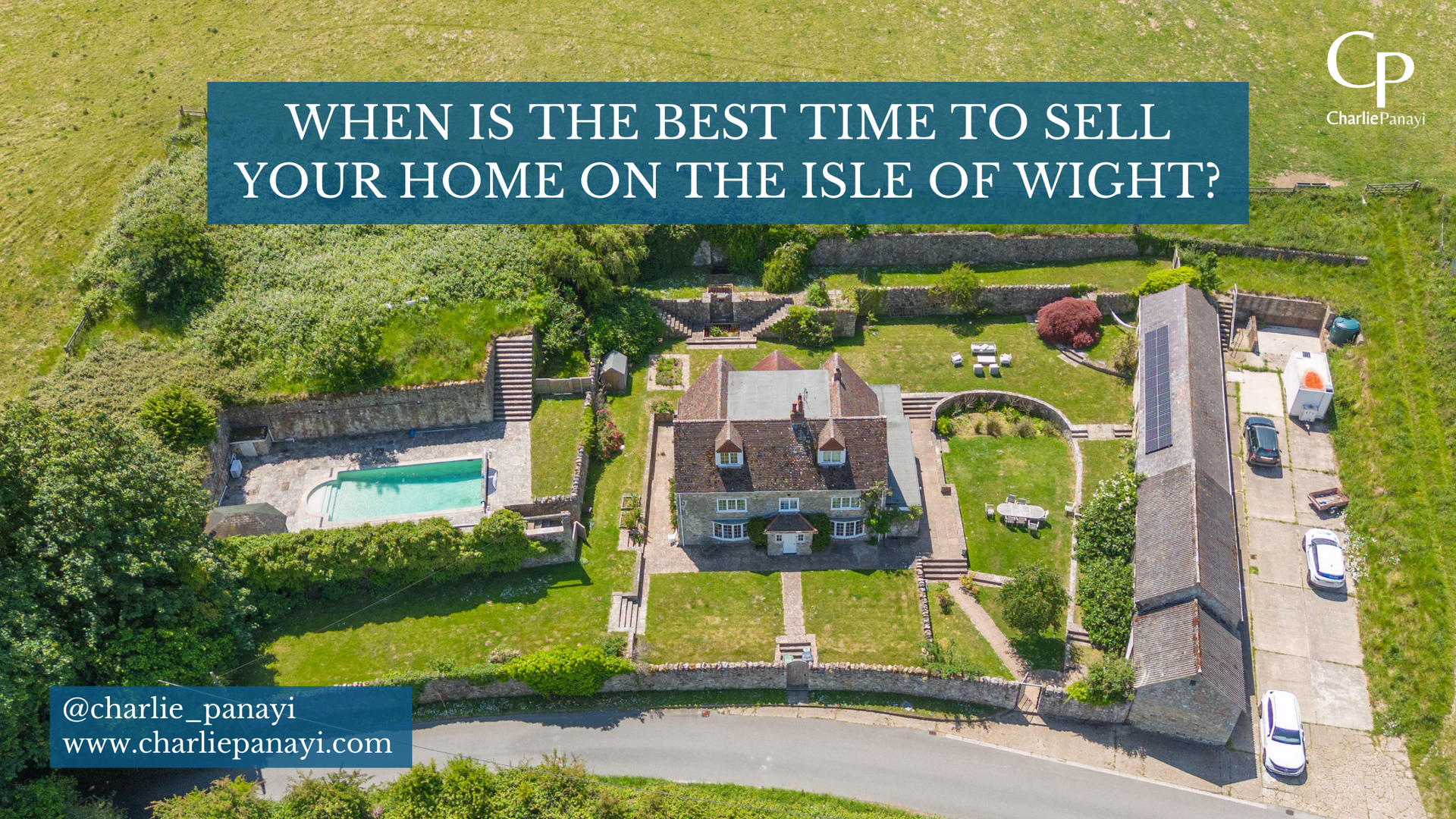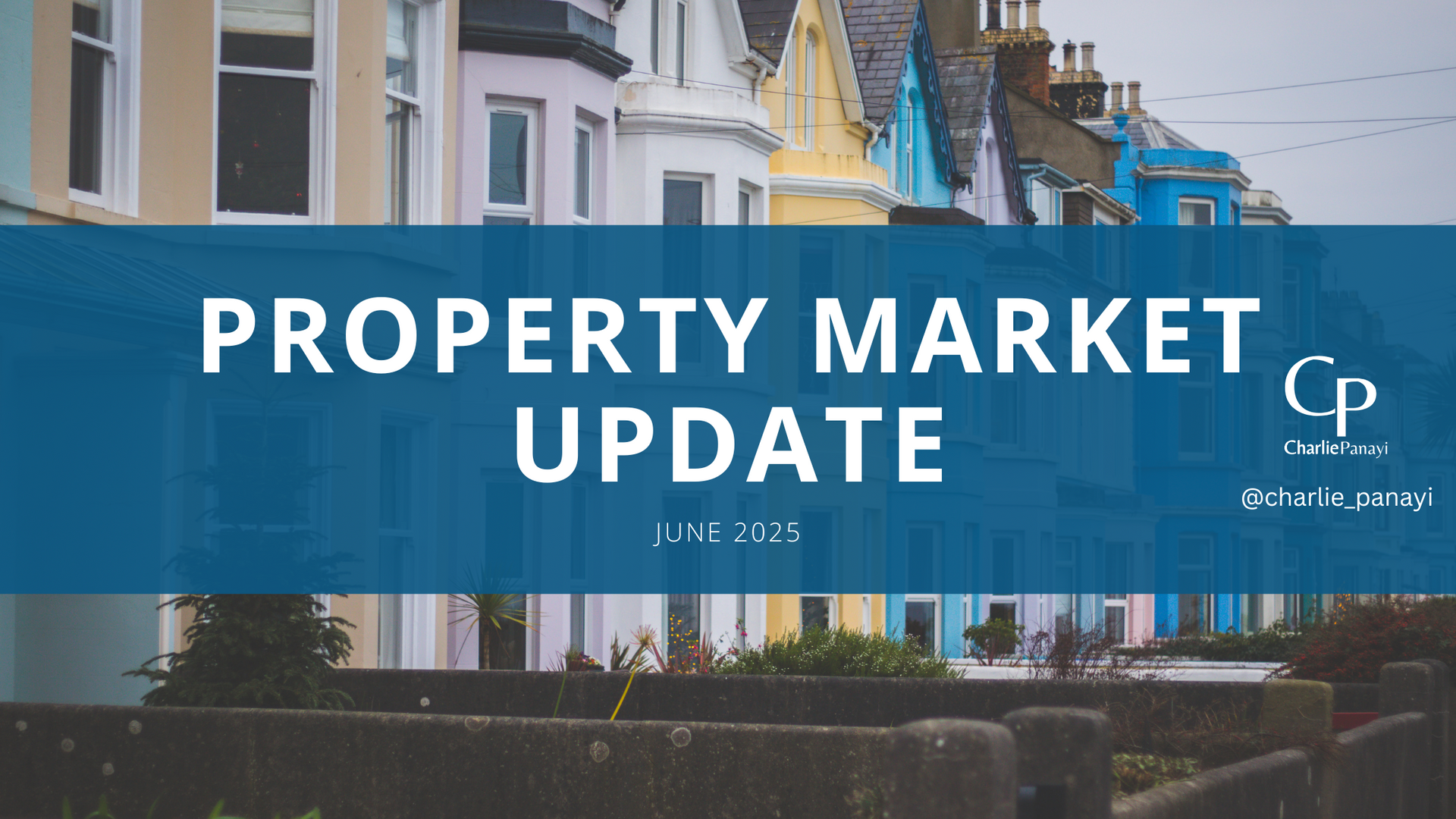Buying an investment property – A beginners guide on what to look for when buying
Buying an investment property has been a great investment decision for many years in the UK, rightly so, with the demand for rental properties in higher than ever before as we speak due to the house pricing. If you’re able to invest in property, it can be one of the most beneficial assets to have.
Below, I’ve put together a guide for a first-time investor:
Research the area
Like any investment, research is key! Research each of the areas you are considering investing in.
Things to consider:
- Strength of demand in the area on rental property
- Realistic rental yields
- What the potential capital growth is
To figure these out, there is various ways to do so, of which I can go through in further detail should you require. However, if you do not know an area well find someone that does. In property finding a solid mentor can be the difference between you being successful or not when investing. It’s important to have a good understanding of all three points prior to investing in property.
It’s also worth considering what your ‘ideal’ tenant is. This can help determine the type of property you purchase, house or flat, and whether its in a rural or urban location. For example, if you want young professionals then investing near good city/town transport links is important. OR if you are looking for families, then of course near local schools.
Type Of Property
Now you’ve decided on what area you are looking to invest, you can now start considering what type of property:
Residential Property – There is always huge demand for residential rentals due to im-balance of supply and demand, the rising house prices in recent years, meaning young professionals are struggling to buy property and so are renting for longer periods of time.
Refurbished/Flipping Property – These properties are typically historical or period properties that have been renovated in order to meet modern standards. These can be popular with investors who prefer the charm and character of older buildings and want to put their own spin on it. Do consider realistic total costs of refurbishment if not experienced here though.
Student Property - As more and more students head off to University, the demand for student rentals is ever increasing. The rent is also higher than it has been, so it’s definitely a good investment as rental yields are rising. Students are often considered to be good renters too, as they have respect for the landlord as they see them as an authority figure. If you’re planning on renting to students, ensure that the property either has good transport links or is close to the University/City Centre.
Serviced Accommodation – The same considerations may come with student property and locations where young professionals may be. The best serviced accommodations are either rural seaside locations or city centres, aiming at either the holiday let route or young professionals.
Off-Plan Properties – This is where you purchase a property before it is fully completed, so it’s still in the planning or development stages. This is often popular due to the potential capita growth, you tend to see lower yields though. Also the low-to-none maintenance costs. These are also often offered at a lower price in order to attract investors.
Buy To Let Mortgages
When investing in property, you may be eligible for a ‘Buy to Let’ mortgage. Leveraging is a great opportunity with property that very few investment options offer and should always be considered at the outset. There are a few conditions to these, you must understand the risks involved and be able to afford to take them, and whether that specific investment is better bought outright or using mortgages. As a rule of thumb you should earn over £25,000 a year, individually or combined (it’s difficult to find a lender otherwise).
The typical options:
Fixed-Rate Mortgage
Buy-to-let mortgages typically have 2-, 3- or 5-year length options. The mortgage rate is fixed for a set amount of time, regardless of whether the lender’s standard variable rate (SVR) changes or not. Once your fixed term is over, the mortgage will be transferred over to a Variable Rate Mortgage, which uses the lender’s SVR to track your interest rate.
Standard Variable Rate Mortgage
This mortgage is prone to interest rate increases, as it tracks the lender’s SVR. This type of mortgage tends not to have any deals or discounts, therefore is considered to be a more expensive way of clearing your mortgage.
Tracker-Rate Mortgage
The interest rate is set at a certain percent and tracks the bank rate, set by the Bank of England. It tracks the rate by a particular margin, meaning its common for this type or rate to change. When the agreed time frame comes to an end, you’ll likely be transferred over to an SVR mortgage.
Interest-Only Mortgage
With this mortgage, the borrower pays off only the interest and not the capital until the end of the mortgage term – usually 20-30 years. At the end of this time frame, the borrower is expected to pay off the loan in its entirety. These are considered to be one of the most popular mortgage types with buy to let investors, to use the most in leveraging. You must consider how you will pay off the loan at the end of the term.
The maximum that you’re entitled to borrow tends to be linked to the amount of rental income that you can expect to receive on the property. Lenders typically require the rental income to be 20-30% higher than your mortgage payment. Talking to a good letting agent that you can trust, will help you find out what a property would realistically rent for.
Taxes/Fees
There are certain fees that apply when investing in a property, and you should be aware of them before going ahead. One of the main ones being that you will have to pay a higher stamp duty for a property that is not your main home.
As a basic taxpayer, the Capital Gains Tax (CGT) on buy to let, second properties is charged at 18%, if you’re an additional rate taxpayer then it’s charged at 28%. With other assets, the basic rate of CGT is 10% and the higher rate is 20%. If you end up selling your buy to let property, then you usually pay CGT if your gain is over £12,000. However, couples who jointly own assets can combine this allowance, giving them the potential to earn £24,000 before tax. Any gains that are made must be declared on your self-assessment tax return and will be included when working out your status for the year, which may push you into a higher tax bracket. The income that you receive as rent will also liable for income tax and should also be declared on your self-assessment tax return for the year that it was earned in. The percentage that you will be taxed depends on your income tax band.
Remember that you will also have to factor in the cost of both rent and landlord insurance, letting agent fees, and any maintenance to the property as this will be your legal responsibility.
Summary
UK property investment has always been a leading type of investment in the world and realistic should always be a must when considering any type of investment. If you want to understand things in more detail feel free to reach out.










